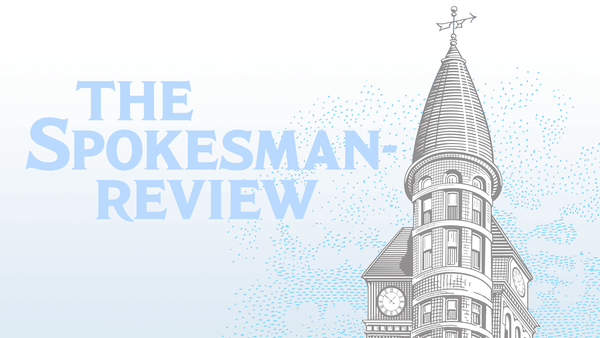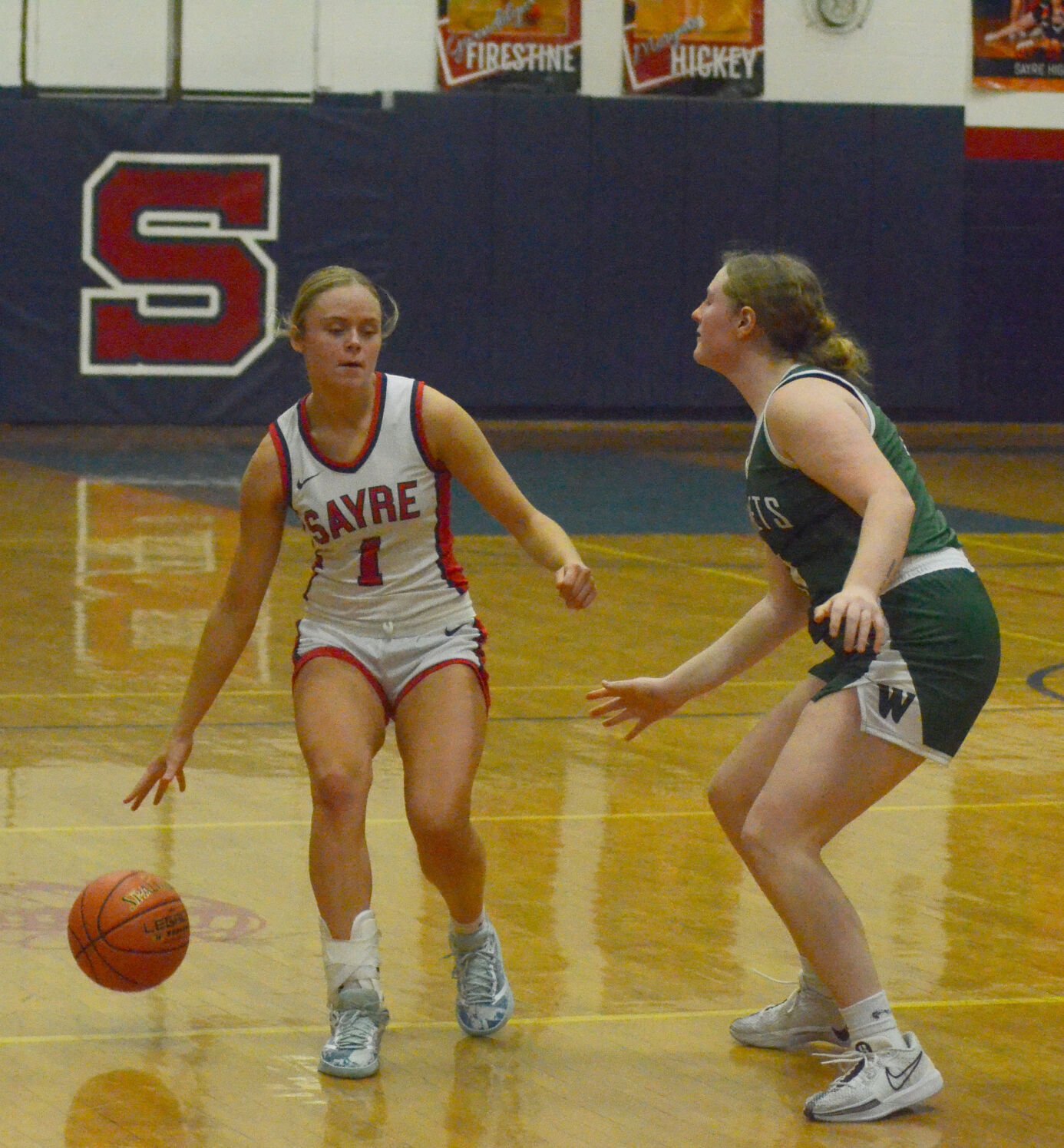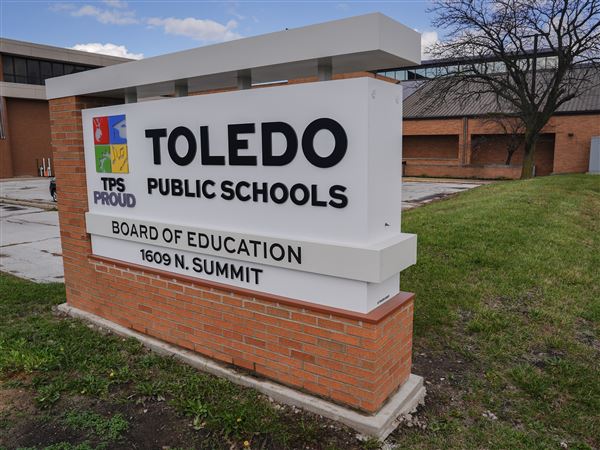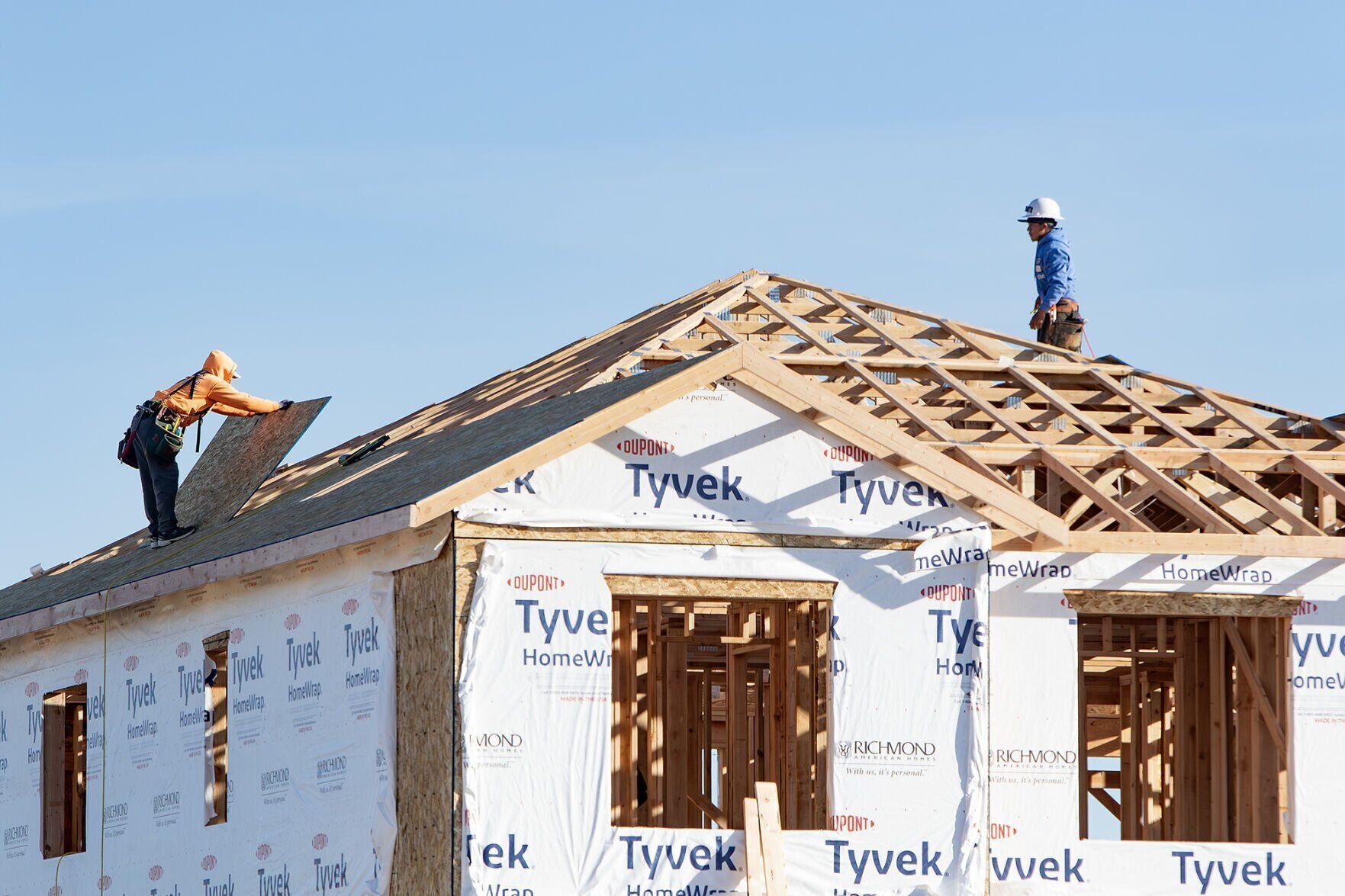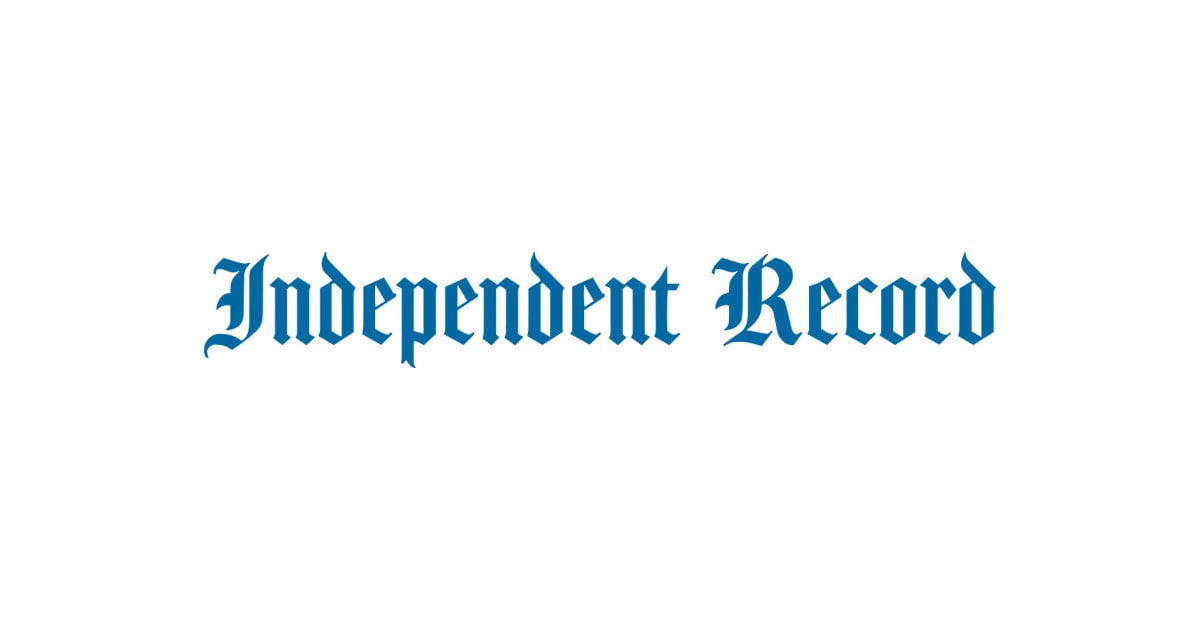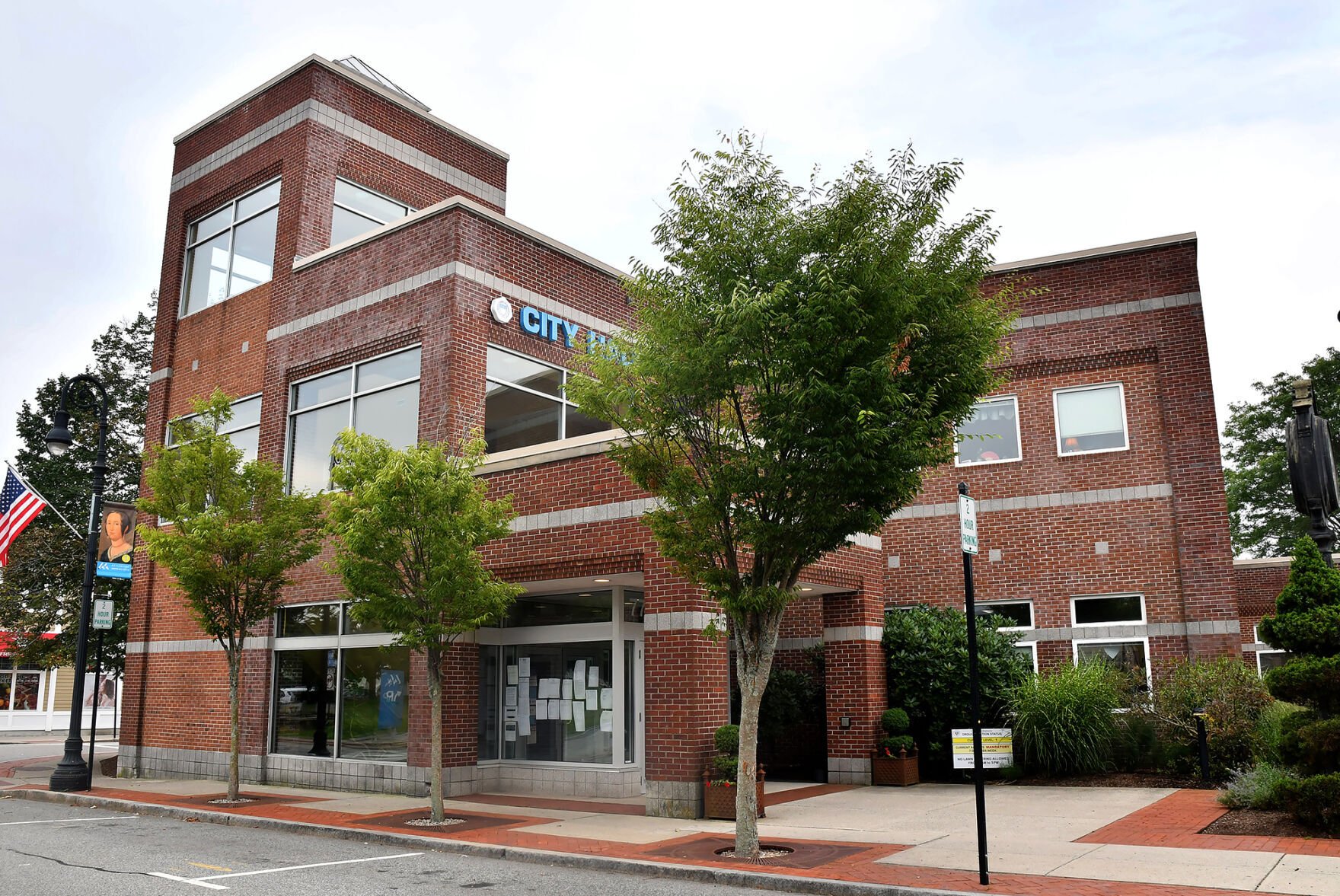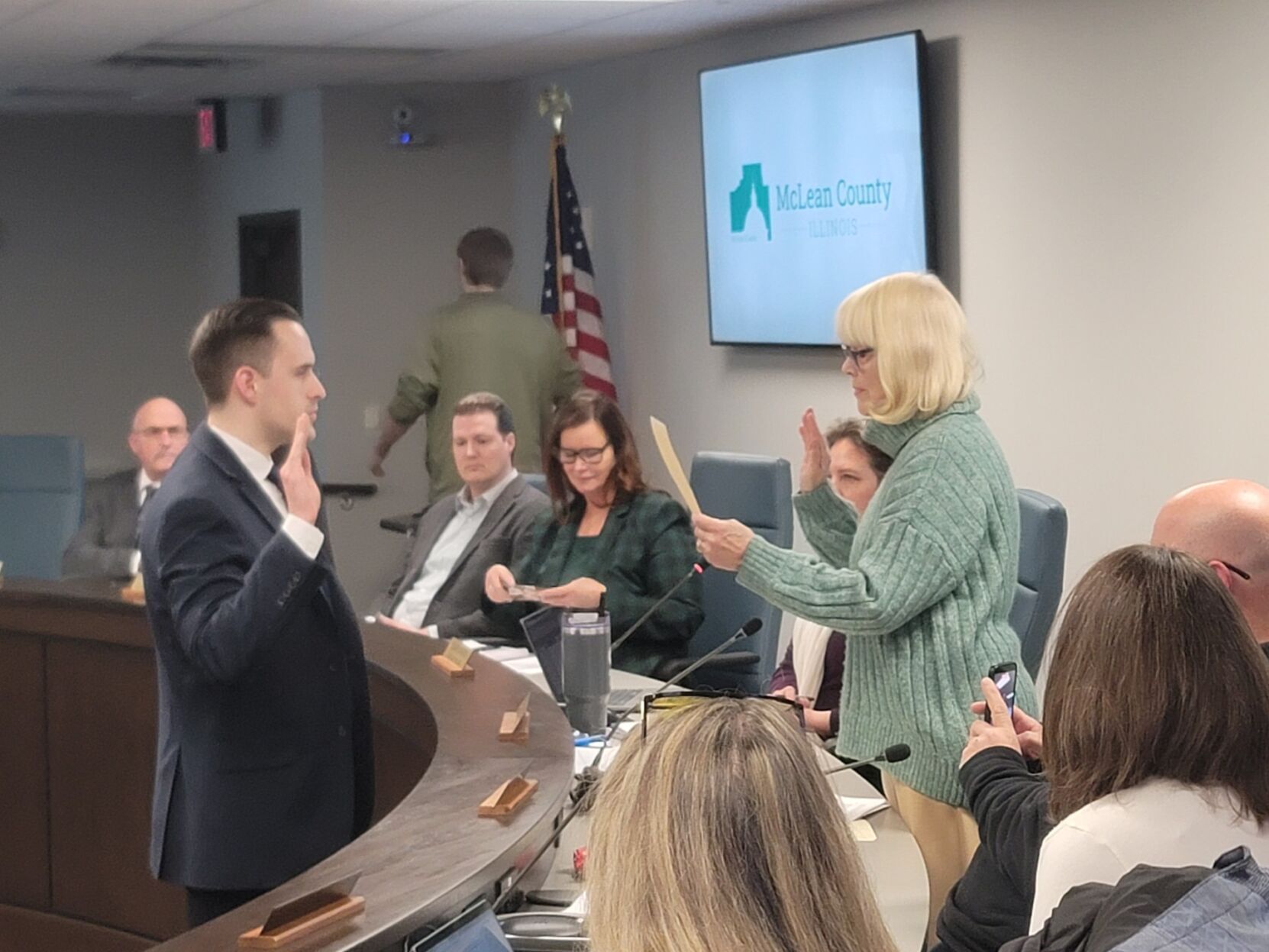Artificial intelligence may create new barriers for women in the workforce. As AI-driven systems evolve, concerns grow that these technologies could intensify long-standing inequities and write women out of critical job opportunities.
The Glass Ceiling Goes Digital: How AI May Write Women Out of Work
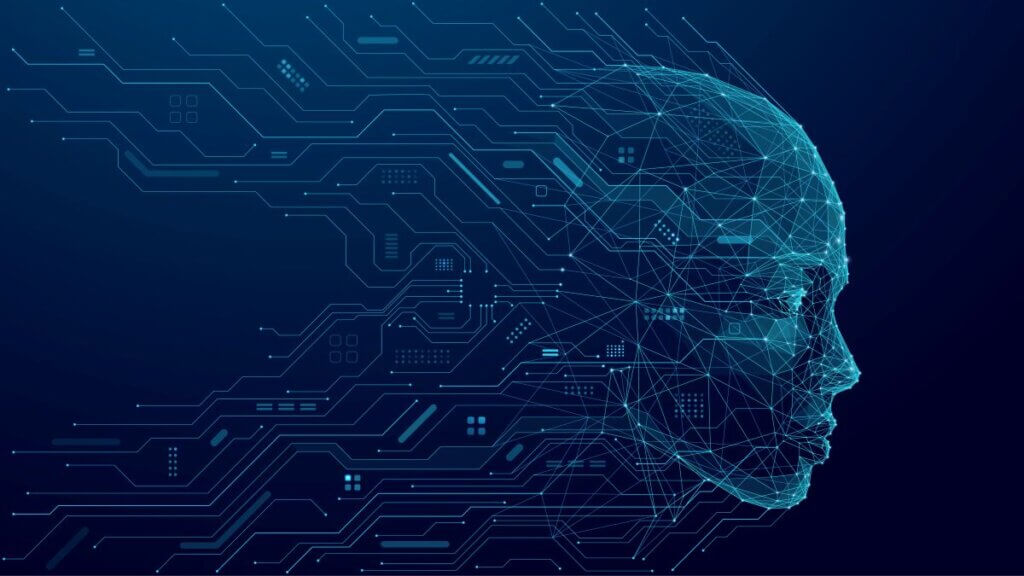
Key Takeaways:
- AI could disproportionately impact women’s employment.
- Growing automation may heighten structural inequality.
- The legacy “glass ceiling” may persist in a digital format.
- Job displacement factors could exacerbate existing biases.
- Further scrutiny is needed to ensure equitable AI development.
Overview of the AI Shift
Artificial intelligence has steadily integrated into diverse industries, promising efficiency and innovation. However, its swift rise creates fears about who may be left behind, with some voices highlighting the impact this era of automation could have on women’s careers.
Potential Risks for Women
As the article notes, “AI in the workforce might hurt women’s job prospects and deepen structural inequality.” Underrepresented demographics, particularly women, may be disproportionately affected by hiring or firing algorithms, often designed without adequate oversight of inherent biases. This could, in effect, transform the traditional ‘glass ceiling’ into an even tougher digital barrier.
Structural Inequality in a Digital Age
When the same systemic biases that once limited women’s professional growth are mirrored in AI tools, the risk of widening inequality rises. The notion of a “glass ceiling goes digital” underscores how digital pathways could unintentionally reinforce job segregation, even as technology evolves.
The Call for Close Scrutiny
Originally published on the Stimson Center, the story calls for greater awareness of how AI shapes future employment landscapes. Left unchecked, these emerging forces could restrict women’s opportunities, reproducing historic inequities in a new and growing field. To safeguard progress, experts urge stakeholders to scrutinize the deployment of AI, ensuring it becomes a tool for broader inclusivity, rather than a catalyst for further division.
